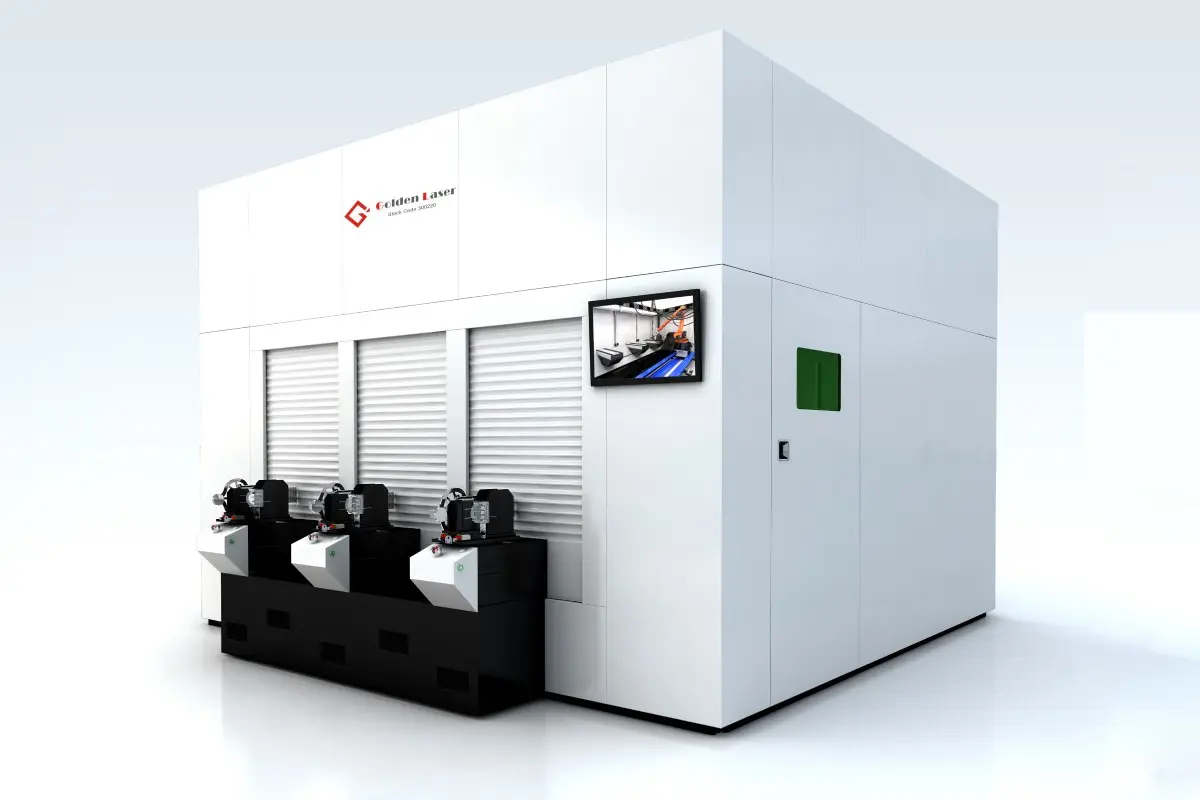In the rapidly evolving landscape of manufacturing and design, laser cutting machines have emerged as vital tools, enabling businesses to enhance their production capabilities. With their precision, speed, and versatility, laser cutting machines have revolutionized various industries, from aerospace to fashion. As we delve into the developments of 2018, we uncover how these machines have become indispensable assets for companies aiming to optimize their processes and output.
At the heart of the advancements in laser cutting technology in 2018 is the enhancement in the performance and efficiency of these machines. Manufacturers have introduced more powerful lasers that enable faster cutting speeds while maintaining precision and quality. The integration of fiber laser technology has gained immense popularity, mainly due to its superior energy efficiency and lower operational costs compared to traditional CO2 lasers. Fiber lasers produce a smaller, more focused beam of light that can cut through a variety of materials, including metals, plastics, and ceramics, with remarkable precision.

Exploring the Advancements and Applications of Laser Cutting Machine Technology in 2018: A Comprehensive Overview
Another significant trend in 2018 was the increased adoption of automation in laser cutting operations. The integration of advanced software systems, robotic handling, and intelligent material management has allowed manufacturers to streamline their production processes. Automated laser cutting machines can operate continuously, reducing downtime and labor costs while maximizing throughput. This is particularly beneficial for industries that require high-volume production, as the automation of these processes ensures consistency and accuracy in every cut.
The versatility of laser cutting machines was further enhanced in 2018 through the development of hybrid cutting systems. These machines combine laser cutting with other technologies, such as plasma or waterjet cutting, to handle a wider range of materials and thicknesses. This capability allows manufacturers to tackle complex projects that require multiple cutting methods, thereby expanding their service offerings and catering to a broader client base.
One of the standout applications of laser cutting technology in 2018 was its use in the automotive industry. With the drive toward lightweight vehicles and advanced design features, laser cutting has played a crucial role in manufacturing intricate components and assemblies. The ability to cut and engrave various materials, from high-strength steel to advanced composites, has enabled automotive designers to innovate and optimize vehicle performance.
Moreover, the fashion and textile industries have also embraced laser cutting machines in 2018. The precision offered by laser cutting allows designers to create intricate patterns and designs that would be challenging or impossible with traditional cutting methods. This has led to the rise of bespoke and customized fashion items, appealing to consumers seeking unique pieces that reflect their individual style.

Exploring the Advancements and Applications of Laser Cutting Machine Technology in 2018: A Comprehensive Overview
Safety and environmental concerns were also at the forefront of laser cutting technology advancements in 2018. Manufacturers have made significant strides in developing machines that not only improve operator safety but also reduce the ecological footprint of cutting operations. Features such as enclosed cutting chambers, improved ventilation systems, and efficient waste management systems have contributed to safer and more environmentally friendly production processes.

Exploring the Advancements and Applications of Laser Cutting Machine Technology in 2018: A Comprehensive Overview
The integration of Industry 4.0 principles into laser cutting technology was another highlight of 2018. By adopting IoT (Internet of Things) and machine learning capabilities, manufacturers have gained the ability to monitor machine performance real-time and predict maintenance needs. This predictive maintenance approach has proven to minimize downtime and reduce repair costs, leading to significant operational efficiencies.
In summary, the advancements and applications of laser cutting machines in 2018 have solidified their status as pivotal tools in modern manufacturing and design. From increased power and efficiency to automation and hybrid systems, the laser cutting technology landscape has seen substantial growth that caters to diverse industries. As businesses continue to seek innovative solutions, laser cutting machines will undoubtedly remain at the forefront of technological advancement, paving the way for even more groundbreaking applications in the coming years. The evolution and adoption of laser cutting technology will continue to reshape the future of manufacturing, offering endless possibilities for creativity and efficiency. Steel Plate Cutting Machine
